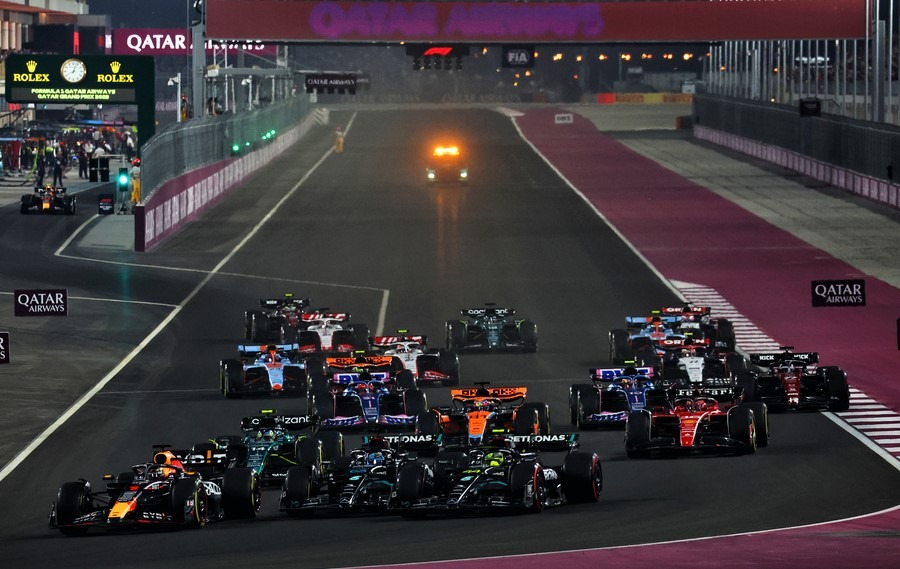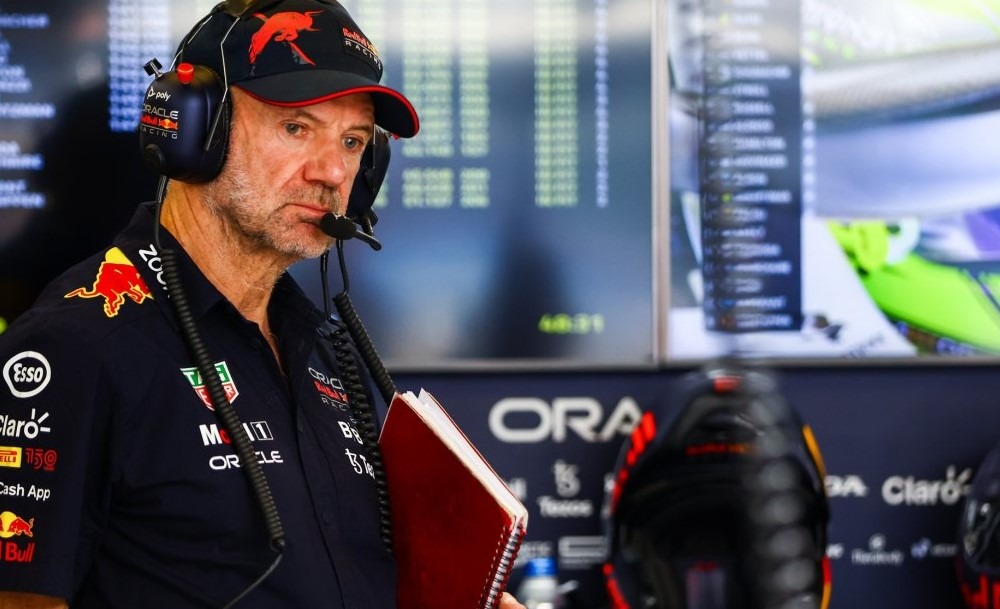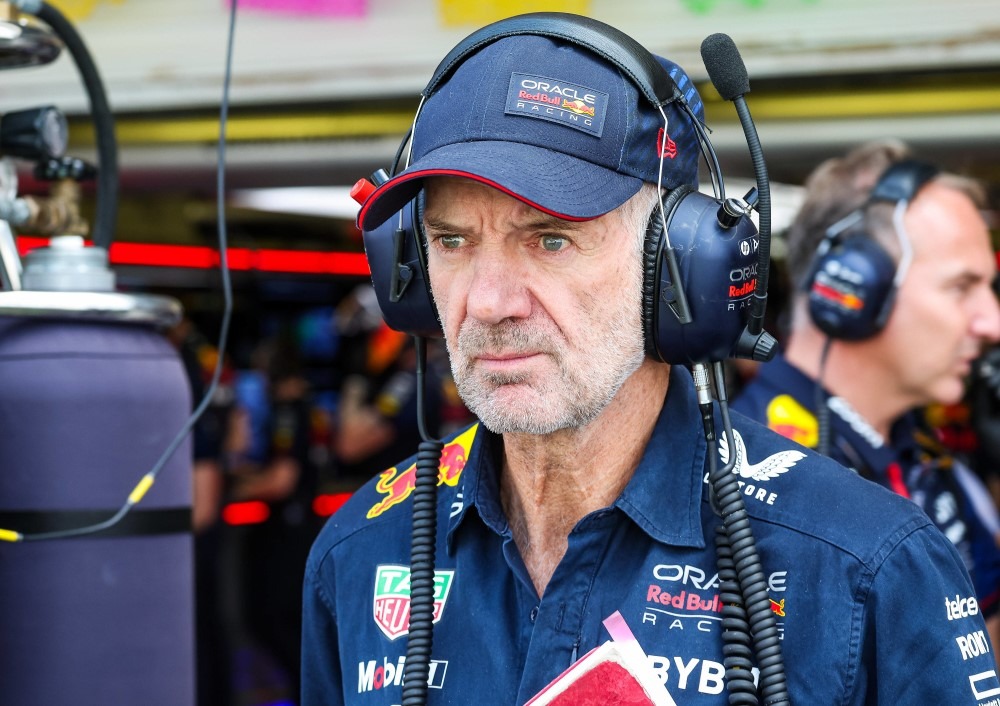The FIA now requires F1 cars to be fitted with an unique cooling scoop placed on the underside of the car to help lower cockpit temperatures during extremely hot conditions as the governing body states that more measures intended to improve driver comfort are coming.
The Sporting, Technical and Financial Regulations for the upcoming F1 season have been confirmed by the FIA, the body that oversees Formula One, following the season-ending Abu Dhabi Grand Prix.
A number of the Sporting, Financial, and Technical Regulations were changed during last week’s 2023 FIA World Motor Sport Council meeting in Baku.
While there are more races in the Middle East and Asia than ever before, the racing calendar has always made an effort to keep important sessions like qualifying and the race away from the warmest locations and times of day.
Singapore was considered to be one of the Grand Prix weekends with the highest physical demands due to the intense humidity that persisted until late in the evening. However, the race in Qatar this year heightened the risks a lot more.
This year’s Qatar Grand Prix featured extremely hot weather for the drivers, and some of them required medical attention after the race. Williams’ Logan Sargeant endured the worst of the conditions, having to withdraw from the race as a result of heatstroke.
The governing board declared immediately following the Qatar event that measures would be put in place to avoid an equally demanding and dangerous race owing to the harsh conditions.
According to FIA, the Qatar season finale had an impact on the wellbeing of the drivers. Despite their status as professional athletes, they shouldn’t be required to participate in situations where their health or safety could be in danger.
“The safe operation of the cars is, at all times, the responsibility of the Competitors,” the governing body stated. “However as with other matters relating to safety such as circuit infrastructure and car safety requirements, the FIA will take all reasonable measures to establish and communicate acceptable parameters in which Competitions are held.”
The World Motor Sport Council has now approved the introduction of a cooling scoop to the cars for the upcoming season, after meeting in Baku last week. It is anticipated that this resolution should improve driver comfort going forward.
“That will improve the cooling in the cockpit,” the FIA’s head of single seater affairs, Nikolas Tombazis, told the media. “That was a rejected idea from the teams previously that has now been approved.”
Tombazis claimed that the track’s level of difficulty was a bigger problem than just the heat and humidity. As a result of this, running in Hungary during the day in the bright sun is feasible, but running in Qatar after dark turned out to be problematic.
“It’s never been as bad as we had in Qatar,” he added. “It depends whether it’s a track with very heavy g-loading like Qatar, or a circuit with generally speaking slower corners like Hungary, even though sometimes it can be very hot. So there’s some analysis there.”
Although driver cooling assists are already in use in GT and saloon car racing, F1 has rejected their use due to weight concerns. The FIA has been considering other ways to allay those fears.
“What we still haven’t put in as regulation but is a broad intention to have when the weather conditions exceed a certain level, to then get us, the FIA, to declare that the race is in those conditions and then to give an extra bit of weight for the cars – something like probably two kilos – which will be mandatory,” Tombazis revealed.
“And it’s mandatorily used for the purpose of cooling the driver. That will enable solutions such as cooling vests and these sorts of things to be fully investigated.
“We have wondered whether it would be best if we regulate what exactly would have to be fitted and we feel that if we start trying to standardise a system, the addendum and all of that would be quite a slow process.
“We feel if we give the teams, ‘you have two kilos, you must use it for this purpose’, it will be in their interest to do that because that will keep the drivers cool and focused and not lose any performance.”
Additionally, the regulatory authority will impose limits on the size and weight of specific metallic floor components that have been found to pose a risk to public safety in the event that they come loose from a car’s chassis.
Components and inserts will not be allowed within the outer bounds of the floor body, the edge wing, or the fences from next year. However, in 2024, teams can continue using any metallic wear-protection components and brackets or fasteners between the floor and edge wing.




